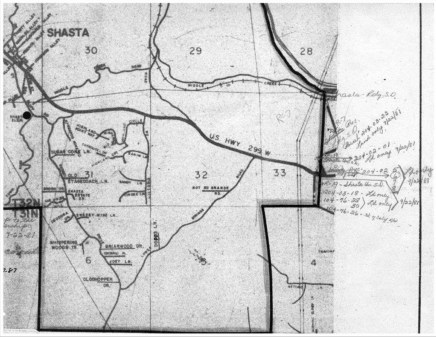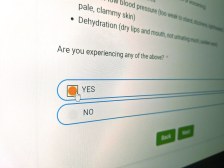How government is tracking Zika using GIS technology

As pressure mounts to tackle the Zika outbreak, the Department of Health and Human Services’ Office of the Assistant Secretary for Preparedness and Response is using Esri’s GIS software to create maps that monitor the virus as it spreads.
ASPR, as the HHS office is known, has used Esri software to create a publicly available interactive map that tracks the number of Zika cases in each state. The map is automatically updated weekly, and the public can use the map to get a sense of what is going on in their home state and nationally.
Esri, one of the world’s leading geospatial mapping software companies, has also pulled demographic data from the Census Bureau and other sources to help organizations like ASPR supplement their own data, Este Geraghty, Esri’s chief medical officer and health solutions director, told FedScoop.
To address the Zika crisis, Esri is using that data to show ASPR and other agencies in HHS where to best target information to educate women of childbearing age and their partners, according to a press release.
For example, Florida has more than 3.6 million women 15 to 44 years old, Esri noted in its press release, and Zika is of growing concern for people in the state as the number of reported locally transmitted cases increases, according to Reuters. Just this week, there have been reports of four new possible locally transmitted cases.
With Esri’s demographic data, ASPR “can calculate where they need to focus on populations, maybe provide additional education,” Geraghty said.
Pregnant women can pass the Zika virus to their fetus, which can cause birth defects like microcephaly, a condition where the baby has a smaller head than normal, according to the Centers for Disease Control and Prevention. People typically contract Zika through bites from infected mosquitoes, but they can also spread it through intercourse.
This is not the first time ASPR has teamed up with Esri — the office also responded to the water crisis in Flint, Michigan, in part with mapping information, and it used mapping capabilities to help prepare this year for both the Republican and Democratic national conventions, Geraghty said.
“Everything happens somewhere, and that somewhere actually turns out to be really important. In health, place can determine a lot of different things,” Geraghty said. “When you think about Zika, it can determine your risk for getting the disease. It can determine if you have access to health care. And in a lot of places it might determine what your likelihood is of a good outcome, even if you have health care.”
Esri often identifies tools for organizations that could best solve their specific problems, Geraghty said.
For example, Esri introduced the World Health Organization and the CDC to its predictive analysis tools, showing them how they could be applied to predicting where Zika might be, she said.
“Predictive analysis tools can be very helpful among other types of analysis to really understanding where you have risk and how you might plan your response strategy,” Geraghty said.
With the predictive tools, organizations can map out which areas have suitable habitats for Aedes mosquitoes, which can carry the Zika virus. The tools pull in data on factors like temperature, land cover, elevation and precipitation to see where there are environments conducive to mosquitoes.
The predictive model also considers whether those factors are seasonal in certain regions, Geraghty said.
Doing this kind of work could help health organizations target their resources more effectively based on the places that are most at-risk to getting cases of the virus, she said.
The model of Aedes-mosquito-friendly habitats can also be layered with the demographic data identifying vulnerable populations to further narrow down where organizations should focus treatment or education efforts, she noted.
“Our mission is to help people think spatially so that they understand some of the questions they can ask of location to make better decisions,” Geraghty said. “And to allocate their resources more smartly and efficiently.”
She added: “Despite the large funding for Zika, it’s come out slowly, and so people need to manage their resources very well and hopefully there will be more funding to come. But we try to make sure there’s an inexpensive way to get the job done.”






